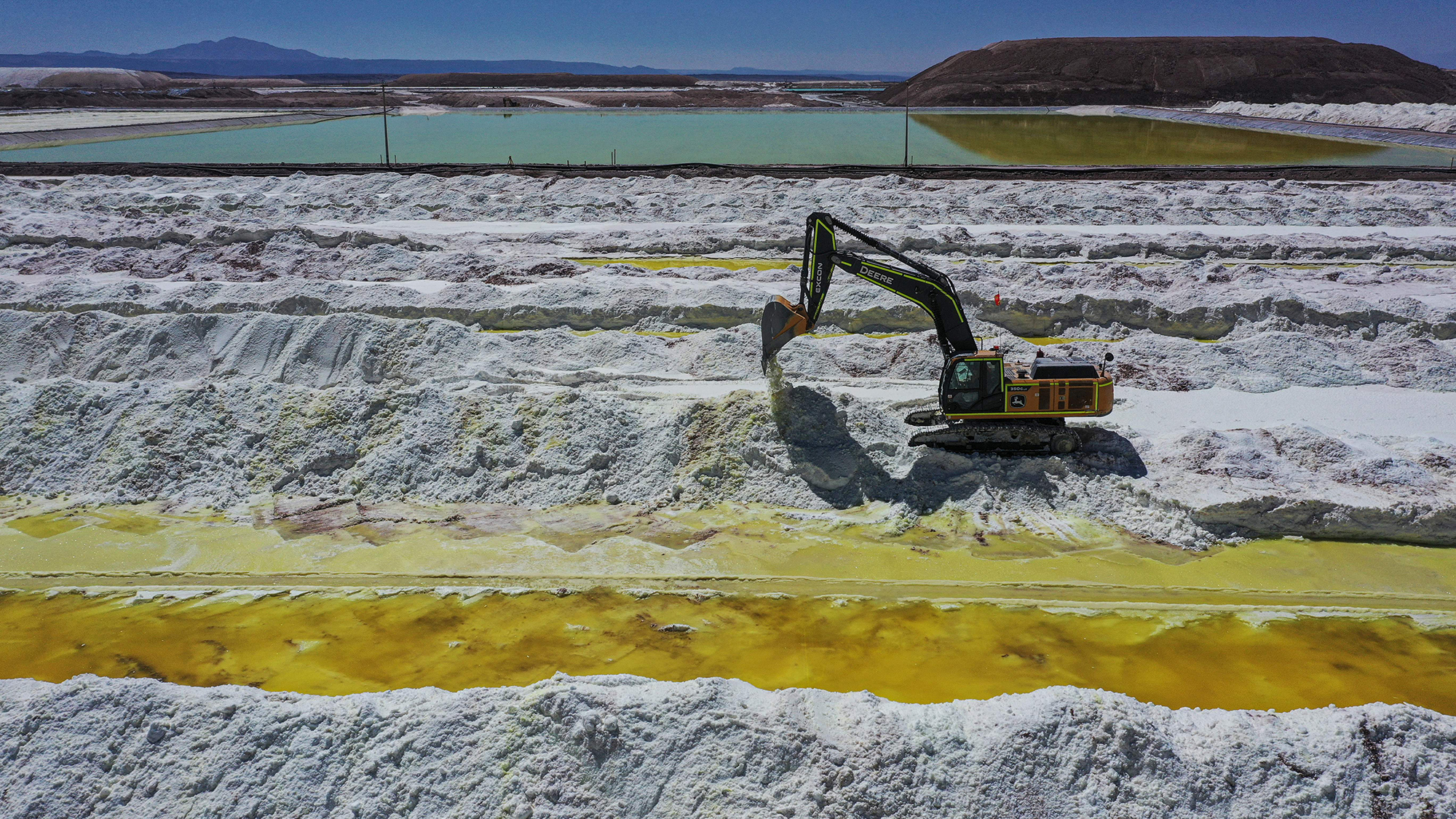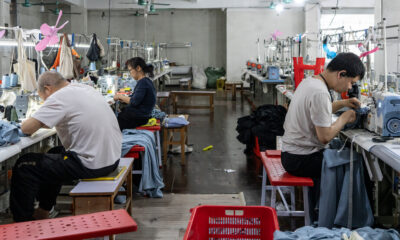Gadgets
‘Everything has a cost:’ High-tech products and the new era of mineral mining

Late last month, approval was granted for a new lithium mine in the Nevada desert by the U.S. Bureau of Land Management. This marks the beginning of a potential increase in domestic mining for critical minerals in the future. The mine is expected to produce enough lithium to power the batteries of 370,000 electric vehicles annually. Despite potential rollbacks by the incoming Trump administration on EV and climate change initiatives, the need for metals like copper, cobalt, and nickel remains crucial. These metals are essential for high-tech products like iPhones and Teslas, and global demand is projected to rise significantly in the coming decades.
However, the rapid demand for metals and the products they power may surpass the available supply, leading to a surge in domestic mining operations. This poses environmental risks and threatens communities as resources are extracted from the Earth. Ironically, these metals are also necessary for building renewable energy sources like wind turbines and solar panels, which are crucial for combating climate change.
Journalist Vince Beiser delves into these dilemmas in his book “Power Metal: The Race For the Resources That Will Shape The Future.” He highlights the vast amounts of resources needed for the upcoming “Electro-Digital Age” and the impacts of their extraction. Beiser’s firsthand experiences at mining sites, including a lithium mine in Chile, shed light on the challenges ahead. The book serves as a reminder that every development, no matter how positive, comes with downsides.
As the global economy becomes more high-tech, the demand for critical metals will increase. Extracting these metals, such as copper and lithium, requires significant resources and has environmental consequences. The transition to electric vehicles and renewable energy sources will further drive this demand, with estimates showing a substantial increase in metal requirements by 2050. Meeting this demand while minimizing environmental impacts remains a challenge for the future.
While some startups are exploring new methods to extract lithium more sustainably, traditional mining techniques still dominate the industry. These methods, such as brine mining, can have detrimental effects on local ecosystems and water sources. Instances of contamination and pollution from lithium mining operations serve as a reminder of the environmental toll of extracting these essential metals. The EPA estimates that 40% of all US watersheds have been contaminated by various forms of hardrock mining, highlighting the environmental impact of mining activities in the country.
In Nevada, activists are fighting to prevent the approval of a mine that could endanger sacred sites of the Indigenous Western Shoshone people, such as Cave Spring. The mine is also a threat to the endangered Tiehm’s buckwheat population, a unique wildflower that only grows in the area.
The Australian-based mining company, Ioneer, plans to defend its approval for the project and claims to take steps to protect the buckwheat. If the project proceeds as planned, the mine is set to begin operations between Reno and Las Vegas next year and be fully operational by 2028.
Similar environmental stressors are affecting Indigenous groups in Chile, where lithium mining operations are impacting the water sources and agriculture of the Atacama people. The expansion of mines has led to a decline in soil moisture and vegetation in the region.
While critical mineral extraction is deemed less harmful than fossil fuels, there are concerns about the environmental footprint of mining operations. Innovative approaches like deep-sea mining and space mining are being explored to meet mineral demands, but they come with risks to marine ecosystems and sustainability.
The future is likely to see an increase in mining activities globally, with potential benefits such as job creation and economic diversification. However, the pressure on the environment and local communities near mining sites will also intensify.
To mitigate the need for extensive mining, there is a call for a shift towards sustainable consumption practices and resource conservation. Individuals and governments can play a role in reducing the demand for new mining activities by promoting repair and reuse of products.
As Chilean scientist Cristina Dorador emphasizes, a change in lifestyle and consumption habits is essential to protect the planet and reduce the reliance on extractive industries. Please rewrite this sentence.
-

 Destination8 months ago
Destination8 months agoSingapore Airlines CEO set to join board of Air India, BA News, BA
-

 Breaking News10 months ago
Breaking News10 months agoCroatia to reintroduce compulsory military draft as regional tensions soar
-

 Gadgets3 months ago
Gadgets3 months agoSupernatural Season 16 Revival News, Cast, Plot and Release Date
-

 Tech News12 months ago
Tech News12 months agoBangladeshi police agents accused of selling citizens’ personal information on Telegram
-

 Productivity11 months ago
Productivity11 months agoHow Your Contact Center Can Become A Customer Engagement Center
-

 Gadgets3 weeks ago
Gadgets3 weeks agoFallout Season 2 Potential Release Date, Cast, Plot and News
-

 Breaking News10 months ago
Breaking News10 months agoBangladesh crisis: Refaat Ahmed sworn in as Bangladesh’s new chief justice
-

 Toys12 months ago
Toys12 months ago15 of the Best Trike & Tricycles Mums Recommend























